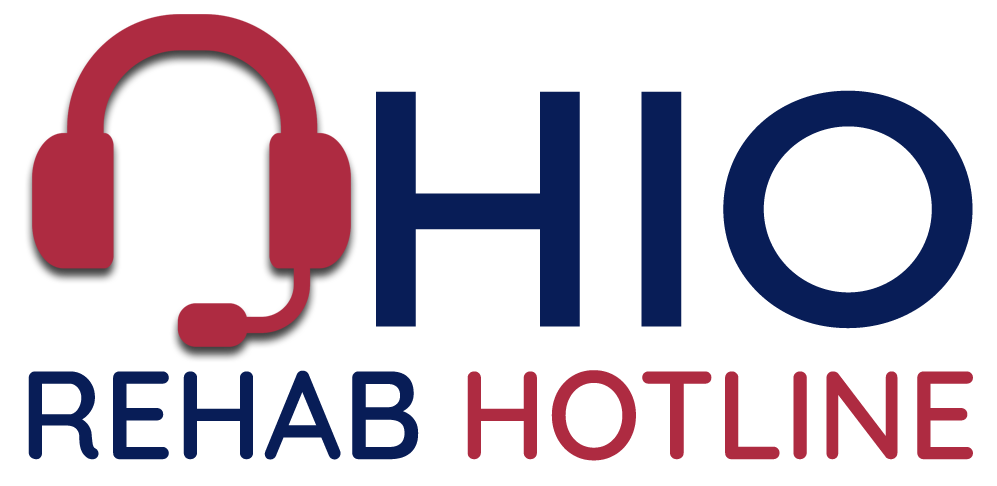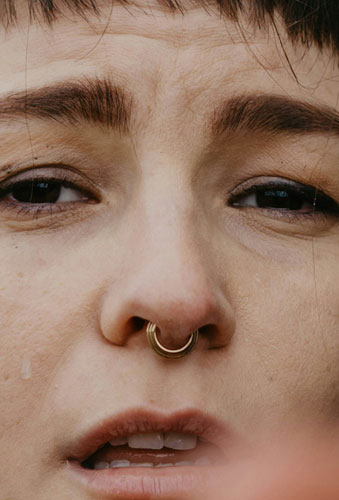Fairfield County Ohio Addiction Hotline
Fairfield County OH Drug & Alcohol Treatment Hotline
Fairfield County Ohio Substance Abuse Statistics
Fairfield County, Ohio, has been grappling with substance abuse issues for several years[1]. In 2018, 73% of all drug overdoses in the county involved fentanyl or a fentanyl analogue, highlighting the severity of the opioid crisis in the area[2]. The surge in overdose deaths during the pandemic has been driven by fentanyl and its analogs, which are increasingly appearing in street drugs[3]. Heroin is also a significant problem in Fairfield County, with approximately 40% of residents identifying it as the area’s most serious drug issue[4]. These statistics underscore the urgent need for effective strategies to combat substance abuse in the county.
The most widely available and abused illicit drugs in the Ohio HIDTA region, which includes Fairfield County, are marijuana, cocaine, and heroin[5]. Methamphetamine abuse has also been on the rise, with deaths associated with the drug increasing by 487.5% in 2018[2].
The effects of these substances on individuals can be severe and long-lasting, including addiction, physical and mental health problems, and social and economic consequences. It is crucial to understand the effects of commonly abused substances to develop effective prevention and treatment programs for those struggling with substance abuse.
Efforts to combat substance abuse in Fairfield County include a range of resources and programs aimed at prevention, treatment, and recovery[6]. The Fairfield County Alcohol, Drug Addiction, and Mental Health (ADAMH) provides a comprehensive network of services and support for those struggling with substance abuse, including prevention and education programs and treatment and recovery services[1]. Additionally, regular alcohol use, tobacco use, and marijuana use among Fairfield students have decreased over the past decade[7]. These efforts demonstrate the commitment of the county and its residents to addressing substance abuse and promoting healthier communities. However, there is still much work to be done to reduce the prevalence and impact of substance abuse in Fairfield County.
References
1. Local Data and Reports. from www.fairfieldadamh.org/ADAMH-Local-Data-Reports.html
2. Major Crimes Unit/Project FORT Fairfield Overdose Response …. from bja.ojp.gov/funding/awards/15pbja-22-gg-04482-coap
3. Number of unintentional drug overdose deaths (Fairfield …. from embed.clearimpact.com/Measure/Embed?id=100120841
4. New website shows drug abuse levels in Fairfield County. from www.lancastereaglegazette.com
5. Abuse – Ohio High Intensity Drug Trafficking Area …. from www.justice.gov/archive/ndic/pubs27/27507/abuse.htm
6. Fairfield, Ohio Substance Abuse Rehab Resources & …. from www.ohioarc.com/addiction-resources/fairfield-ohio/
7. Fairfield students and drug use: Survey’s surprising results. from www.journal-news.com

Fairfield County OH Addiction Treatment Resources

Fairfield County Ohio Alcohol, Drug Addiction and Mental Health Board
Fairfield County Ohio Alcohol, Drug Addiction and Mental Health Board. The Fairfield County Alcohol, Drug Addiction and Mental Health (ADAMH) Board is responsible for the planning, funding, and monitoring of mental health, addiction, and recovery services in Fairfield County. Prevention promotes the health and safety of individuals and communities. It focuses on reducing the likelihood or delaying the onset of behavioral health problems (i.e., substance abuse, mental illness, suicide, problem gambling).Treatment, as applied to behavioral health, is the process of therapeutic service delivery aimed at assisting the individual to recognize and understand the problem, make changes, and achieve personal empowerment. Recovery is a process of change through which individuals improve their health and wellness, live a self-directed life, and strive to reach their full potential.

Recovery Center Fairfield County Ohio Drug & Alcohol Treatment Services
Recovery Center Fairfield County Ohio Drug & Alcohol Treatment Services. Our mission is to ensure the effective and efficient delivery of alcohol, drug addiction, and mental health prevention, intervention and treatment services to promote the health and safety of the residents of Fairfield county, Ohio. The recovery center works collaboratively with area positions in hospitals, social and human service providers, law-enforcement in criminal justice system, city and county, school district and other professional organizations and key stakeholders to ensure the availability of a full continuum of services and effective community sport to address the special needs of the population it serves,

AA Fairfield County OH Alcoholics Anonymous Area 53 Central & Southeast Ohio
AA Fairfield County OH Alcoholics Anonymous (AA) Area 53, covering Central & Southeast Ohio, extends its support to Fairfield County, Ohio, providing essential resources for individuals battling alcohol addiction. Through a network of meetings and support groups, AA Area 53 offers a safe and confidential environment where individuals can share their experiences, receive encouragement, and work through the 12-step program towards recovery. With a commitment to anonymity, fellowship, and mutual support, AA Area 53 plays a vital role in assisting individuals in Fairfield County OH on their journey to sobriety, fostering hope and healing within the community.

LSS Faith Mission Fairfield County Ohio Sober Housing
LSS Faith Mission Fairfield County Ohio Sober Housing. Everyday, LSS Faith Mission of Fairfield County helps people in crisis with emergency shelter services, veteran’s services, supportive housing and more. But our mission is more than just assistance, it’s to create a better world by serving people in need. To that end, our goal is to lift up the people of Fairfield County so they may live a fulfilled life. The sober housing program provides a safe environment where men and women who are experiencing homelessness and have drug or alcohol issues can receive treatment from mental health providers as well as encouragement from others seeking sobriety. The program can last for up to a year, and participants receive intensive case management to overcome their barriers for permanent housing.
